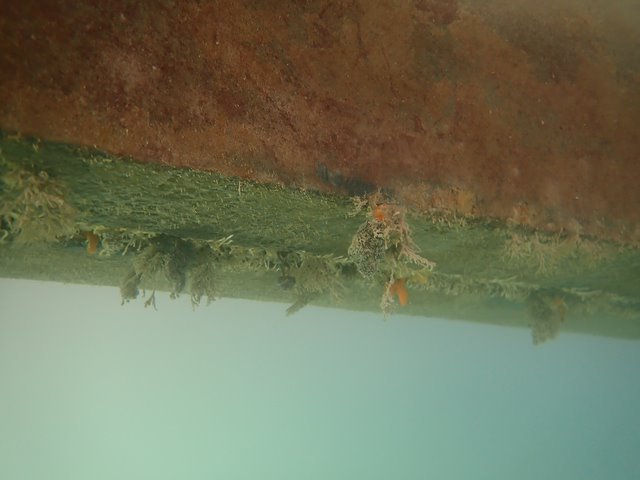What’s your Rank? The Level of Fouling system explained
The Level of Fouling (LoF) scale is now in wide use throughout New Zealand and even being adopted overseas.
It was developed to assist with measuring how much fouling is on a particular boat, to help authorities and marinas assess in a consistent way if a boat poses a marine biosecurity risk.
Today, several councils, including Northland Regional Council, Auckland Council and Bay of Plenty Regional Council require boats to be at LOF 2 or less when entering their waters.
So, what does it mean? The Level of Fouling scale has six ranks, ranging from zero to five. When a vessel is inspected it is scored based on the amount of fouling visible on its submerged surfaces.
Take a look at the scale here:






If your boat is approaching LoF2 or if any pest species are present, it’s time to book a clean or, if needed, maintenance including fresh antifoul. This is not only best practice for boat performance, it also ensures you don’t fall foul of marine pest rules in many regions.
A comprehensive guide to the LoF system is available for download. Learn more about biofouling and download the full LoF guide here:

